89. Imam u’l Muttaqeen – the Leader of the Pious who fears ALLAH: As ALLAH said of him: “The Prophet (Muhammad, on whom be peace) has a greater claim on the faithful than they have on themselves” – (Quran 33:6).
– Indeed, it is said of him that he will be greater than any man – (Idel, op. cit., 2012, p.50).
90. At Whose Coming, the Solomon’s Temple was rebuilt: With the coming of Prophet Muhammad (Peace Be Upon Him), ALLAH rebuilt the destroyed Temple of Solomon as a sign of His supremacy over all. It was the promise of ALLAH that He will rebuild the Temple to last forever with the coming of His Universal Prophet Muhammad (Peace Be Upon Him) to whom the Jews now called as the King Messiah. As ALLAH says to Jews to believe now in Him and His Prophet Muhammad (Peace Be Upon Him): “It may be that your Lord (O Children of Israel) will have mercy on you, and if you again return (to disobedience) We too will return (to punishment), and We have appointed hell a dungeon for the disbelievers” – (Quran 17:8).
– “The destruction of the Second Temple” says Lawrence H. Schiffman “in 70 C.E came at the end of seven decades of unrest and anti-Roman agitation. Jewish resistance against the Roman occupation was fueled by patriotism and the dream of an independent state like the one destroyed by the Babylonians and briefly restored after the Maccabean revolt. The dream of independence was not merely political; it had strongly supernatural and mystical features, fanned both by Biblical prophecies and by the eschatological writings of Second Temple times….[They] were convinced that they were engaged in the final conflict at the end of days…throughout the Second Temple period, Messianism was a central belief of many of the groups whose writings we know from the apocrypha, the pseudepigrapha, and the Dead sea scrolls. The idea of a Messianic redemption was based on the Biblical prophecies of the restoration of the Davidic monarchy and of the wicked on the day of the Lord…”
“As conditions in Judea worsened, these beliefs became more widespread, and hopes for the coming of the Messiah intensified…and…when the Arabs conquered Mesopotamia in 634 C.E., the Jews welcomed them, and a completely new chapter in Jewish history was opened (fulfilling Messianic prophecies) [emphasis added]” – (Understanding Second Temple and Rabbinic Judaism, KTAV Publishing House, Inc., Jersey City, New Jersey, 2003, pp. 254; 344; See also: Joesep Klauzner, The History of the Second Temple, Jerusalem: Ahiassaf, 1952 (in Hebrew), p. 290).
“When Caliph Omar ibn al-Khattab” avows to the context C. T. Benedict “entered the city of Jerusalem in 638, the ruins of the temple were being used as a rubbish dump, by the Christian inhabitants. He had ordered the cleaning of the site and building of a ‘House of Prayer.'”
“…Temple Mount is identified by the Jews and Moslems, as the area of Mount Moriah…[adjacent to it is] “Furthest most Sanctuary” (Masjid Al

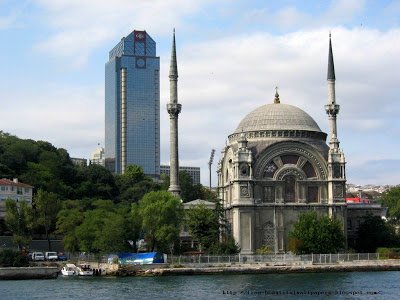
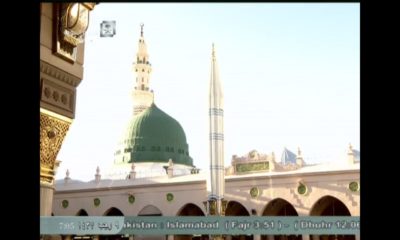


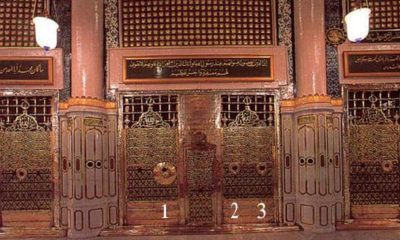
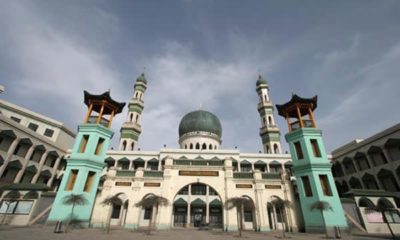
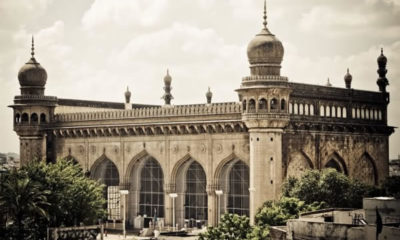
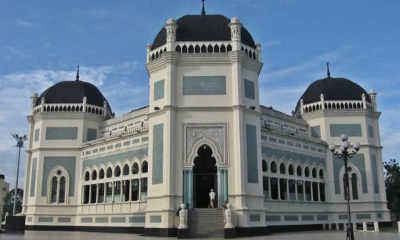
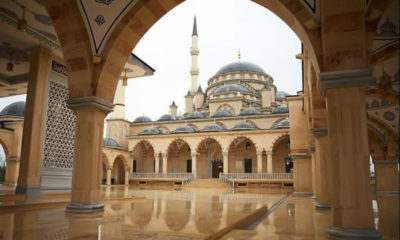

RSS